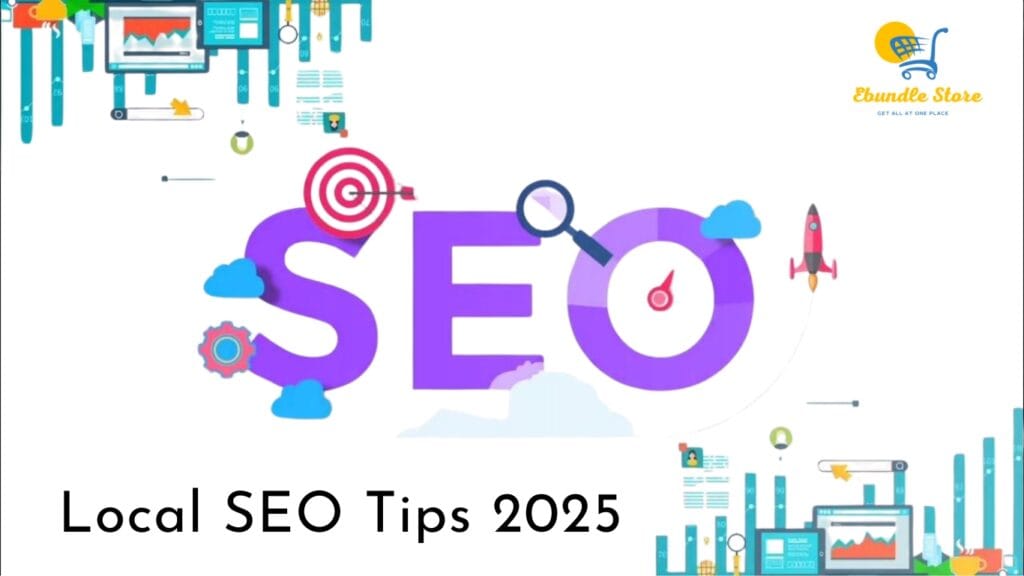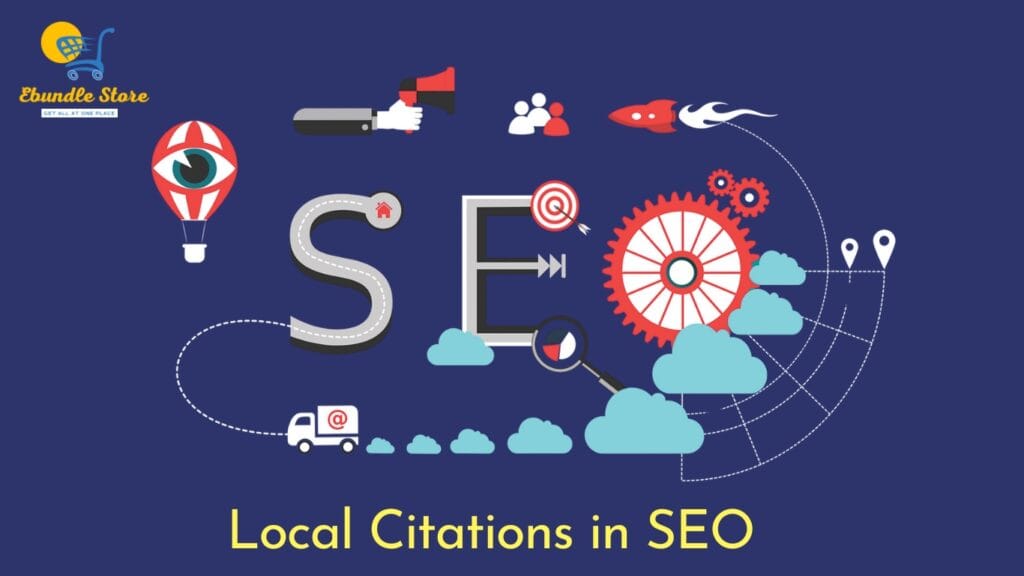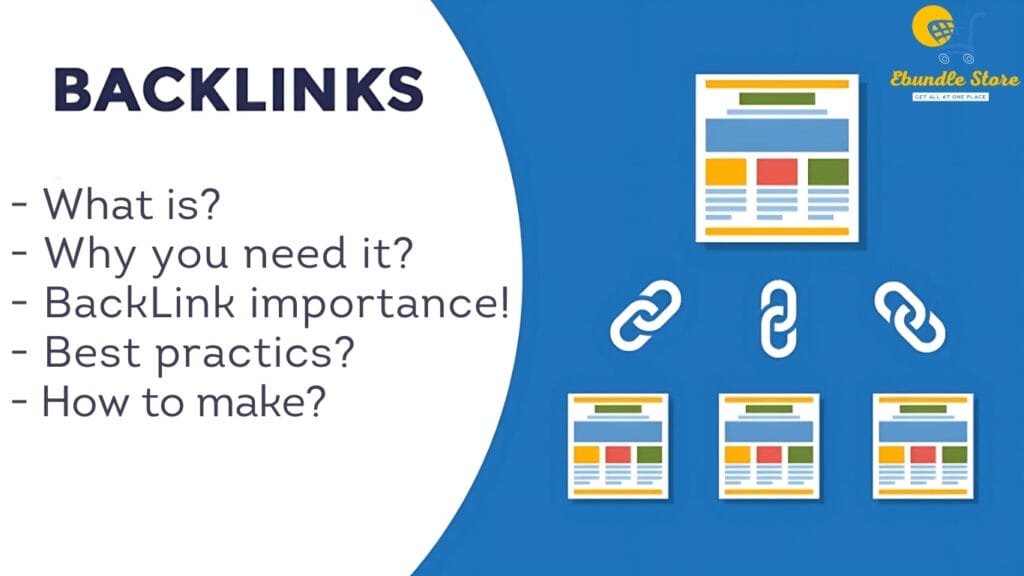What is the Penguin Algorithm?
Google's Penguin algorithm was introduced in 2012 as a continuation of its efforts to combat manipulative SEO practices, following the Panda update. The primary goal of Penguin was to reduce the visibility of websites that engaged in spammy link-building tactics and keyword stuffing, thereby promoting high-quality content and fair competition in search results.
Penguin specifically targeted black-hat SEO techniques such as buying links, link farming, and using automated links to artificially boost rankings. Initially, it was a separate filter that ran periodically, but it evolved into a real-time component of Google's core algorithm by 2016. This integration allows Penguin to continuously monitor and devalue spammy links rather than demoting entire websites, making it more granular and efficient in maintaining the integrity of search results.
The algorithm's impact was significant, affecting about 3.1% of English language search queries at its launch and undergoing multiple updates until its integration into the core algorithm. By focusing on rewarding sites with natural link profiles and valuable content, Penguin has played a crucial role in enhancing the quality of search results and promoting ethical SEO practices.
Triggering the Penguin Algorithm
The Penguin algorithm is exploited in two primary ways:
- Manipulative Link-Building Practices: This involves developing, purchasing, or buying backlinks from low-value or irrelevant websites to artificially inflate a site's popularity and manipulate Google rankings. For instance, an insurance company might post numerous spam reviews with anchor text like "best insurance company" to exaggerate the relevance of these unnatural links. Similarly, a company might pay for links in unrelated articles, such as a pet grooming article, where the anchor text "best insurance company" appears, despite being irrelevant to the topic.
- Keyword Stuffing: This tactic involves filling a webpage with a large number of keywords or repeated keywords in an attempt to manipulate rankings for specific search phrases. An example of this would be a locksmith in Denver repeating keywords unnaturally, such as:
"AAA Restaurant in Chittorgarh, Special dishes is a Chittorgarh AAA Restaurant. Chittorgarh residents need Chittorgarh AAA Restaurant to quickly help them meet their Chittorgarh AAA Restaurant needs."
Or listing numerous city names on a page, like this:
"We serve Chittorgarh, Indore, Bhopal, Ujjain, Ratlam, Udaipur, Jaipur, Neemuch, Lucknow, Mandsaur, Gwalior, Rau, Sagawara, Surat, Dungarpur, Jabalpur, Sagar, Rewa, Satna, Dewas, Sehore, Nagda, Ajmer, Kota, Sikar, and Pratapgarh."
These practices are targeted by the Penguin algorithm to ensure that search results are authentic and relevant.
How do I know if I have been penalized by Penguin?
First, distinguish between links compliant with Penguin’s guidelines and artificial, unnatural links. In short, the Penguin algorithm—integrated into Google’s core ranking system since 2016—operates universally across all indexed sites. Instead of penalizing entire websites, Penguin devalues spammy links by adjusting rankings based on detected spam signals, such as manipulative link schemes or keyword-stuffed anchor text. Manual penalties may result from user-reported spam links or human reviewers, particularly in high-risk industries like finance (e.g., loan companies), where scrutiny is stricter, compared to lower-risk niches (e.g., bakeries).
If your analytics show ranking/traffic drops coinciding with Penguin update dates, you might be affected. However, rule out seasonal traffic fluctuations before concluding. For example, a bakery might see reduced traffic during non-holiday months, unrelated to Penguin.
Key Considerations:
- Penguin operates in real-time: Changes to your backlink profile are processed quickly after Google recrawls your site.
- Focus on natural link-building: Prioritize quality over quantity. Avoid tactics like paid links, PBNs, or irrelevant guest posts.
- Use the Disavow Tool: If spammy links persist, disavow them and submit a reconsideration request.
Google evaluates the ratio of good vs. bad links in your profile. Building more high-quality links can offset spam signals. Regularly audit your backlinks using tools like Ahrefs or Google Search Console to maintain compliance. Remember, Penguin rewards sites with organic, contextually relevant links and original content.
How to fix your website from Penguin Penalties?
Unlike manual link penalties, where you need to submit a reconsideration request to Google, algorithmic penalties like those from the Penguin algorithm don't require a formal request. However, to recover from these penalties, you still need to take corrective actions. These steps typically involve:
- Removing Unnatural Links: Identify and remove any unnatural links you have created or that are pointing to your site from third-party websites. While you can't control spam links placed by others, focus on eliminating those within your control.
- Optimizing Website Content: Modify over-optimized content to make it more natural. Ensure that keywords are used organically and avoid repetitive or meaningless displays on your web pages. This helps maintain relevance between the topic and the keywords used.
- Natural Language Use: Ensure all content uses natural language and avoids robotic or overly optimized writing styles. Your revenue links and site structure should also be safe and compliant with Google's guidelines.
The Penguin algorithm was designed to address issues where Google's system was being manipulated by large numbers of low-value links and overly optimized keyword pages. By taking these corrective steps, you can improve your site's compliance with Google's guidelines, and the next time Googlebot crawls your site, it will likely recognize the changes and "forgive" past infractions, leading to improved rankings over time.
Other Key Facts About the Penguin Algorithm
Google's Penguin algorithm was initially introduced as a separate filter for search results. It aimed to combat manipulative link-building practices, such as link schemes and keyword stuffing, by evaluating the quality of incoming links to a website. When Penguin was first launched in April 2012, it affected approximately 3% of search queries.
However, in September 2016, Google announced that Penguin had become an integral part of its core search engine algorithm. This integration allowed Penguin to operate in real-time, continuously assessing and adjusting rankings based on link quality rather than periodically refreshing its data. The algorithm became more granular, focusing on devaluing spam links rather than penalizing entire websites.
While some SEO experts view Penguin as a site-wide algorithm, which can impact a site's overall trustworthiness if it has many low-quality links, the latest updates suggest a more nuanced approach. The Penguin 4.0 update, in particular, is believed to be less strict, potentially not penalizing entire URLs for isolated issues. Despite these changes, maintaining a high-quality link profile remains crucial for SEO success.
What’s next?
Statement: All articles on this website, unless otherwise specified or marked, are originally published by this site. Any individual or organization is strictly prohibited from copying, misappropriating, collecting, or publishing the content of this site on any website, book, or other media platform without prior consent from this site.If you believe that the content on this website infringes upon your legitimate rights and interests as the original author, please contact us for resolution. We take such matters seriously and are committed to addressing any concerns promptly.















